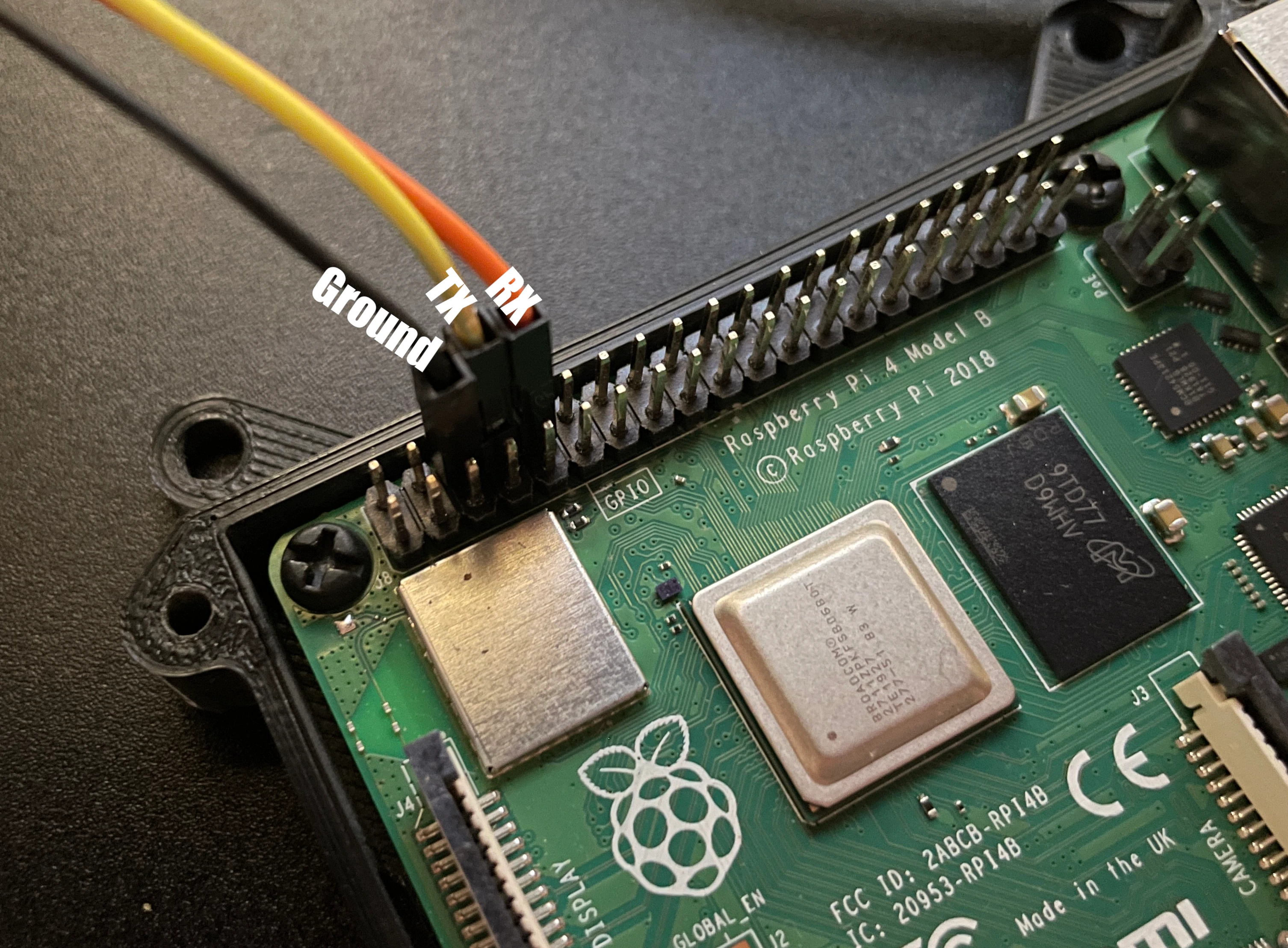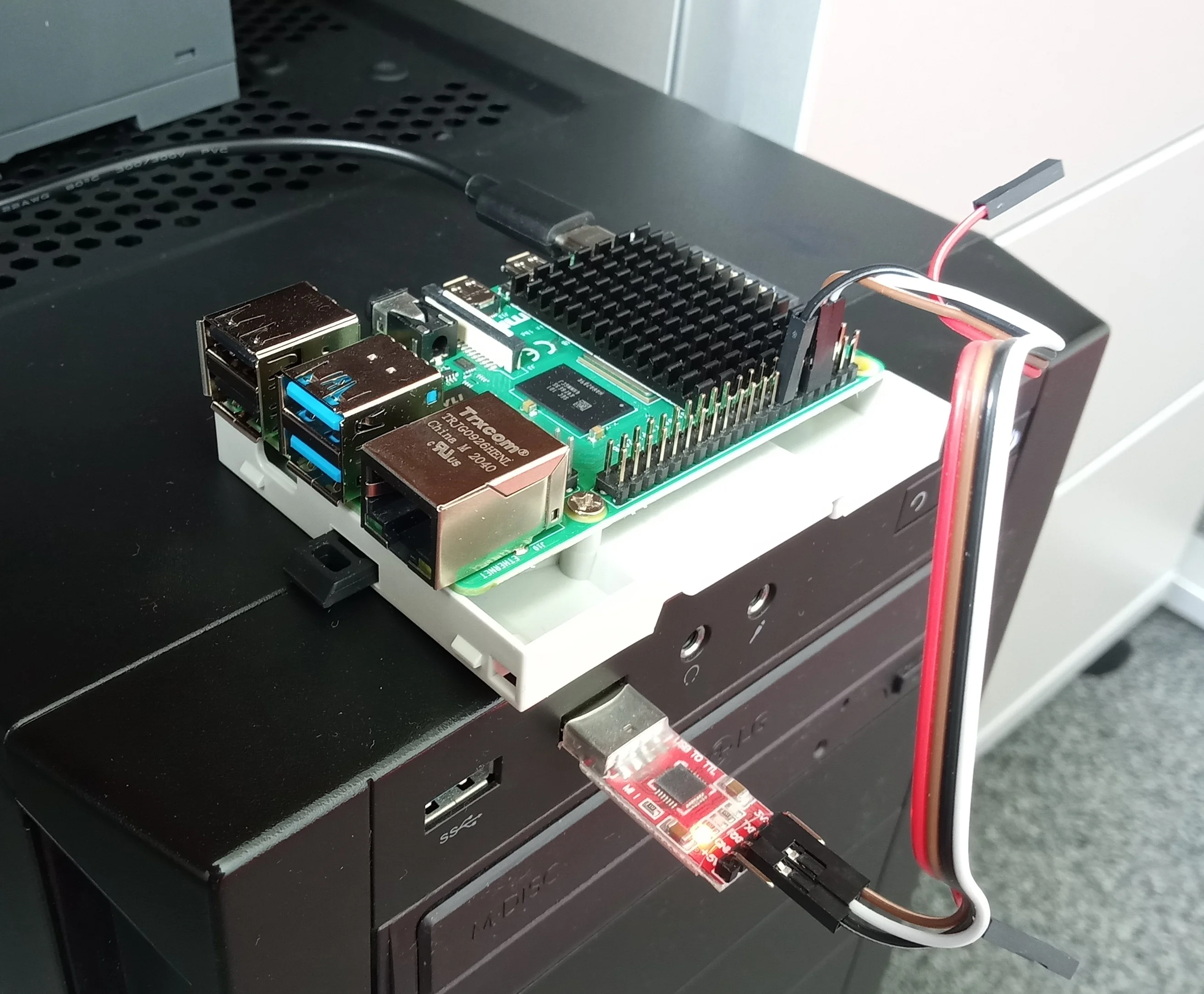Access Pi Remotely: The Ultimate Guide To Unlock Your Raspberry Pi’s Full Potential
Are you tired of being tied down to your Raspberry Pi's physical location? Well, my friend, it's time to break free. Accessing your Pi remotely is not just a cool trick—it’s a game-changer for your projects, whether you're tinkering with IoT devices, setting up servers, or managing home automation systems. In this guide, we’ll dive deep into how you can access your Pi remotely, making your life easier and your tech setup more efficient.
Now, let's get one thing straight: remote access isn’t just for pros. Even if you’re new to the world of Raspberry Pi, this guide will walk you through everything you need to know. We’ll cover the basics, the tools, and some advanced techniques that’ll make you feel like a tech wizard in no time.
So, buckle up because we’re about to embark on a journey that’ll take your Raspberry Pi skills to the next level. By the end of this article, you’ll be able to access your Pi from anywhere in the world, no matter if you’re lounging on a beach or stuck in a boring meeting. Let’s make it happen!
- Jay Harrington Children The Untold Story Of A Hollywood Icons Family Life
- Jasmine Crockett Husband A Closer Look Into Her Love Life
Table of Contents
- Why Access Pi Remotely?
- Tools You’ll Need
- Setting Up SSH for Remote Access
- Using VNC for Remote Access
- Port Forwarding: Unlocking Remote Access
- Dynamic DNS: Keeping Your IP Address Updated
- Security Tips for Remote Access
- Alternative Methods for Access Pi Remotely
- Troubleshooting Common Issues
- Conclusion: Take Control of Your Pi Anywhere
Why Access Pi Remotely?
Alright, let’s face it—Raspberry Pi is an amazing little device, but sometimes, it’s just not practical to be physically near it all the time. Whether you’re running a home server, monitoring sensors, or managing a network, being able to access your Pi remotely can save you tons of time and effort. Imagine being able to tweak your settings or check on your projects without leaving your couch or even your office. Sounds pretty sweet, right?
Remote access isn’t just about convenience, though. It’s also about flexibility and scalability. If you’re building a project that involves multiple Pis or devices spread across different locations, remote access becomes essential. Plus, it opens up a whole new world of possibilities for automation and remote management.
Benefits of Remote Access
- Access your Pi from anywhere in the world
- Monitor and manage projects without being physically present
- Save time by eliminating the need to physically interact with your Pi
- Enhance security by managing access permissions remotely
Tools You’ll Need
Before we dive into the nitty-gritty of accessing your Pi remotely, let’s talk about the tools you’ll need. Don’t worry; most of these are free or already built into your Pi, so you won’t have to break the bank to get started.
- Who Is Samantha Logans Boyfriend The Ultimate Guide To Her Love Life
- Michael Lavaughn Robinson Pictures A Deep Dive Into The Iconic Moments
Hardware Requirements
First things first, you’ll need a Raspberry Pi (duh!) and an internet connection. Make sure your Pi is connected to a stable network, preferably via Ethernet for better performance. If you’re using Wi-Fi, ensure it’s strong and reliable.
Software Requirements
On the software side, you’ll need a few tools:
- SSH (Secure Shell): A protocol that allows you to access your Pi’s command line remotely.
- VNC (Virtual Network Computing): A graphical interface for remote access, perfect if you prefer a GUI over the command line.
- Dynamic DNS (DDNS): A service that keeps your Pi’s IP address updated, making it easier to access from anywhere.
Setting Up SSH for Remote Access
SSH is the bread and butter of remote access. It’s secure, reliable, and super easy to set up. Here’s how you can enable SSH on your Raspberry Pi:
First, boot up your Pi and open the terminal. Type in the following command to enable SSH:
sudo raspi-config
From there, navigate to "Interfacing Options" and select "SSH." Enable it, and you’re good to go. Now, to access your Pi remotely, you’ll need its IP address. You can find this by typing:
hostname -I
Once you have the IP, you can connect to your Pi using an SSH client like PuTTY (for Windows) or simply the terminal on macOS and Linux.
Pro Tip: Use SSH Keys for Enhanced Security
Instead of using passwords, consider setting up SSH keys. This not only makes your connection more secure but also saves you the hassle of typing in passwords every time you connect.
Using VNC for Remote Access
If you’re not a fan of the command line, VNC is your best friend. It allows you to access your Pi’s graphical interface remotely, making it perfect for tasks that require a GUI.
To set up VNC, open the terminal and type:
sudo apt update
sudo apt install realvnc-vnc-server realvnc-vnc-viewer
Once installed, enable VNC by going to "Preferences"> "Raspberry Pi Configuration"> "Interfaces" and turning on VNC. You can then connect to your Pi using the VNC Viewer app on your computer or smartphone.
Why VNC Rocks
- Full graphical access to your Pi
- Perfect for tasks that require a GUI
- Easy to set up and use
Port Forwarding: Unlocking Remote Access
Now that you’ve set up SSH and VNC, it’s time to make your Pi accessible from anywhere in the world. This is where port forwarding comes in. Essentially, it allows you to direct incoming traffic from the internet to your Pi’s local network.
To set up port forwarding, log in to your router’s admin panel (usually by typing its IP address into your browser). From there, find the port forwarding section and add a new rule. Set the external port to something like 22 (for SSH) or 5900 (for VNC), and the internal IP to your Pi’s address.
Things to Keep in Mind
- Make sure your Pi’s IP address is static or reserved in your router’s settings
- Use strong passwords or SSH keys to secure your connection
- Regularly update your router’s firmware for better security
Dynamic DNS: Keeping Your IP Address Updated
IP addresses can change, and that’s where Dynamic DNS (DDNS) comes in. It ensures that your Pi’s IP address is always up to date, making it easier to access from anywhere.
There are several DDNS providers out there, like No-IP and DuckDNS. Most of them offer free plans that are more than enough for personal use. Once you’ve signed up, follow their instructions to set up the client on your Pi. From there, you can access your Pi using a domain name instead of an IP address.
Security Tips for Remote Access
With great power comes great responsibility. While remote access is awesome, it’s important to keep your Pi secure. Here are a few tips to help you do just that:
- Use Strong Passwords: Avoid using simple or common passwords. Consider using a password manager to generate and store complex passwords.
- Enable Two-Factor Authentication (2FA): This adds an extra layer of security to your remote access.
- Limit Access: Restrict access to specific IP addresses or ranges to minimize the risk of unauthorized access.
- Regularly Update Your Pi: Keep your Pi’s software and firmware up to date to protect against vulnerabilities.
Alternative Methods for Access Pi Remotely
SSH and VNC are great, but they’re not the only ways to access your Pi remotely. Here are a few alternative methods you might want to explore:
1. TeamViewer
TeamViewer is a popular remote access tool that’s easy to set up and use. It works on multiple platforms and offers both free and paid plans.
2. Web-based Access
If you’re running a web server on your Pi, you can access it through a browser. This is perfect for projects like home automation dashboards or media servers.
3. Third-party Services
Services like ngrok or localtunnel allow you to expose your Pi’s local server to the internet temporarily. This is great for testing or sharing your projects with others.
Troubleshooting Common Issues
Even the best-laid plans can go awry sometimes. Here are a few common issues you might encounter when accessing your Pi remotely and how to fix them:
1. Can’t Connect via SSH
Make sure SSH is enabled and that your IP address is correct. Also, check if your firewall or router settings are blocking the connection.
2. VNC Connection Fails
Ensure VNC is properly installed and running. Double-check your IP address and port settings in the VNC Viewer app.
3. DDNS Not Updating
Verify that your DDNS client is running and that your router isn’t blocking the updates. Restart your Pi or router if necessary.
Conclusion: Take Control of Your Pi Anywhere
And there you have it, folks—a comprehensive guide to accessing your Raspberry Pi remotely. Whether you’re using SSH, VNC, or any of the alternative methods, you now have the tools and knowledge to take control of your Pi from anywhere in the world.
Remember, security is key when it comes to remote access. Always use strong passwords, enable 2FA, and keep your Pi’s software up to date. With these best practices in mind, you’ll be able to enjoy the freedom and flexibility that remote access offers.
So, what are you waiting for? Go ahead and try it out. Once you experience the convenience of accessing your Pi remotely, you’ll wonder how you ever lived without it. And don’t forget to share your experiences in the comments below. Happy tinkering, and see you on the next project!
- Somali Wasmo Nairobi Telegram A Deep Dive Into The Digital Community
- Zane Schoeffling The Rising Star Shaping The Future Of Tech

Remotely Access Raspberry Pi Remote IoT Free Your Ultimate Guide

How To Access Your Raspberry Pi Remotely A Complete Guide

Can I Access A Raspberry Pi Remotely? A Complete Guide